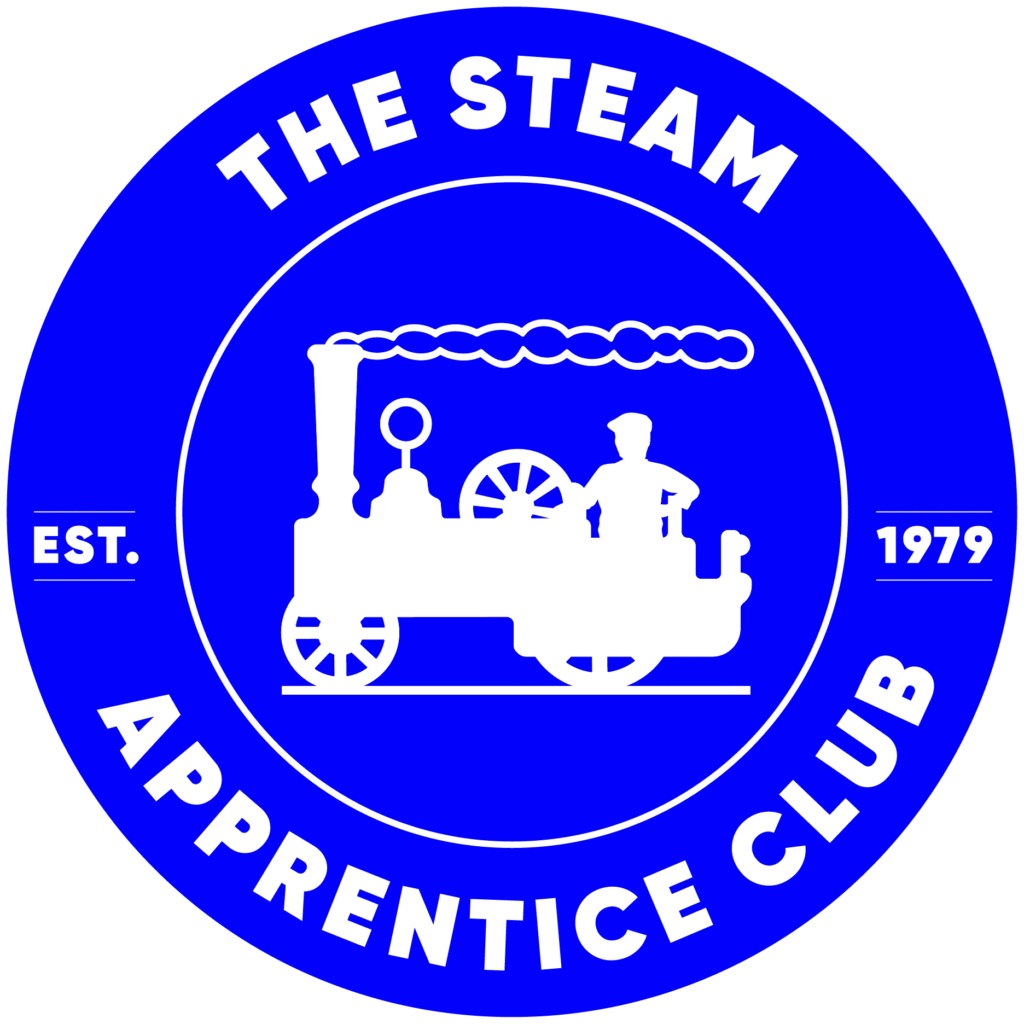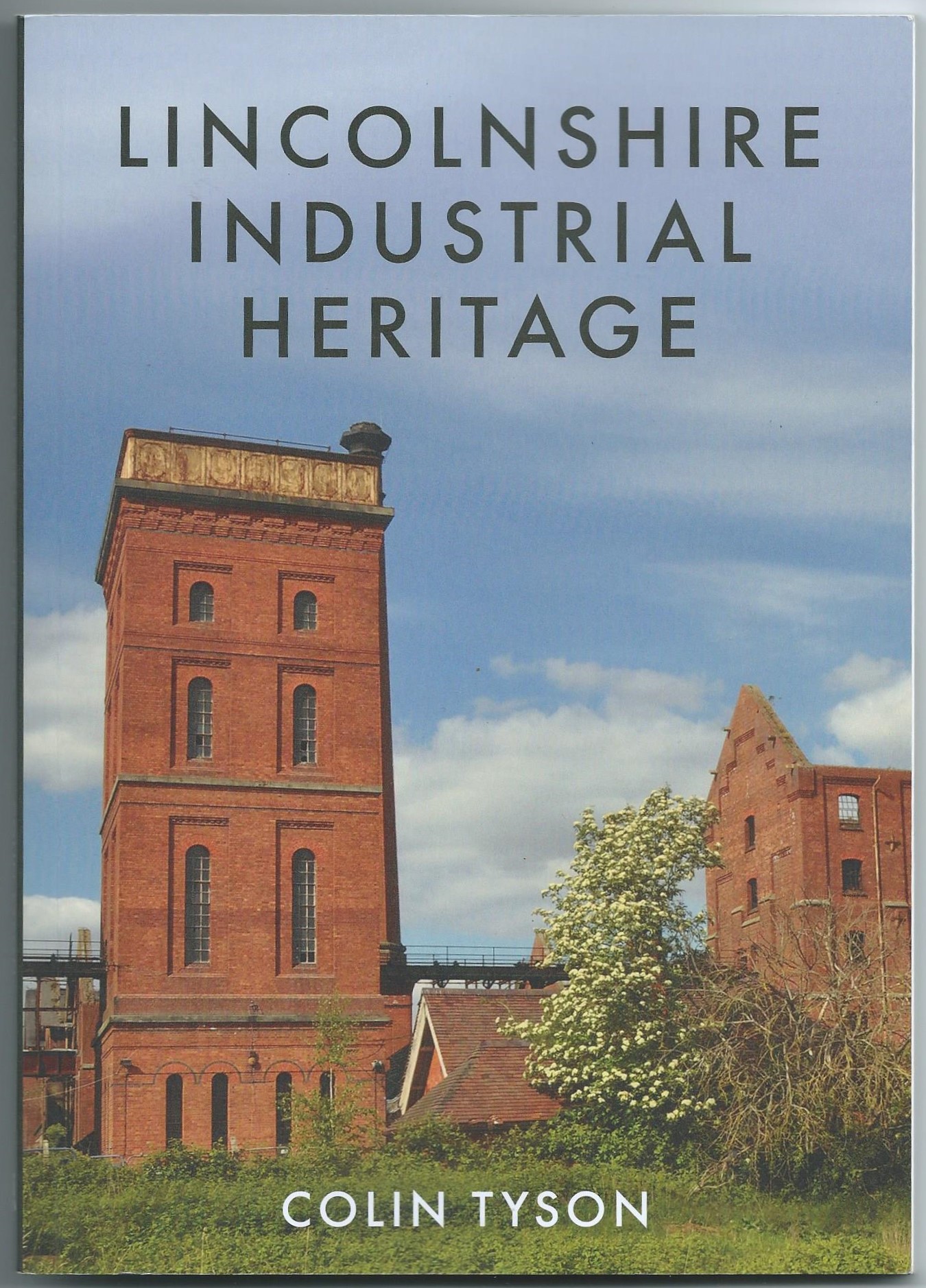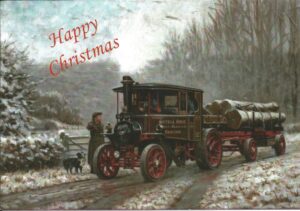Description
by Colin Tyson
Lincolnshire today is a thriving agricultural county and home to one of the finest medieval cathedrals in the world, but not so long ago Lincolnshire was equally famous as a prosperous industrial county. Within the city of Lincoln, factories such as Clayton & Shuttleworth, William Foster & Co., Robey & Co. and Rustons employed just about every man of working age as they grew from humble blacksmith beginnings to producers of agricultural machinery renowned around the world. In August 1914 the nation’s factories were put on an emergency war footing and the county’s agricultural engineers saw a huge change from producing traction engines, ploughs and threshing machines to the creation of tanks and aircraft. Beyond the factories, fenlands in the south-east of the county required a huge network of deep drains and pumping stations to keep incoming tides at bay while the fertile farming land produced crops that needed processing and moving to market. The power harnessed from wind and water to produce grain that fed the local population has left a legacy of some wonderful windmills and watermills to explore. The discovery, quarrying and mining of ironstone in turn led to industrialisation on the banks of the Humber, still a hive of industry today. With a wealth of interesting images and fascinating captions, Lincolnshire Industrial Heritage celebrates this unheralded part of the county’s history.
96 pages
Published: Amberley Publishing, 15 September 2022












